The Colour of Wine: What It Reveals About Your Glass
When you pour a glass of wine, the first thing your senses register is its colour. Before tasting or smelling, your eyes begin the evaluation. But what does wine colour actually tell us?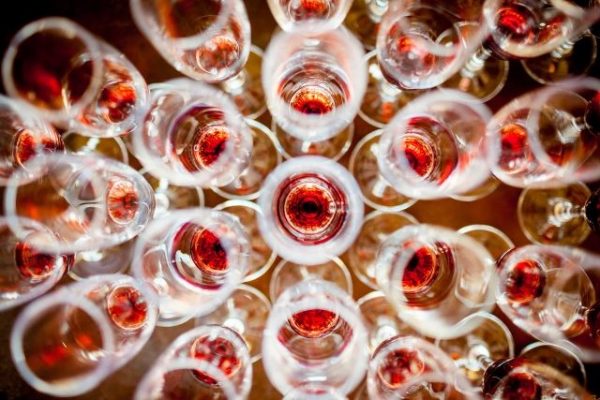
🍷 Understanding the Wine Colour Spectrum
Wine comes in a stunning array of shades, and each tone offers insight into its grape variety, age, and winemaking process. This wine colour chart is not just about aesthetics—it’s a guide to understanding what’s in your glass.
Polyphenols: The Pigments Behind the Shades
The key players behind wine hues are polyphenols, particularly anthocyanins and tannins:
- Anthocyanins: Found in the pulp and skins of grapes, they are responsible for the deep reds and purples in red wines.
- Tannins: Present in the skins, seeds, and stems, they contribute to a wine’s structure and add astringency,
🌟 Factors That Influence Wine Colour
🌽 Grape Variety & Skin Contact
Different grape varieties have distinct skin thicknesses and pigment levels. The duration of maceration (contact between juice and skins) significantly affects the colour intensity.
🌳 Oak Aging
When wines are aged in oak barrels:
- White wines deepen in colour, turning golden or amber.
- Red wines lighten, evolving from deep purple to ruby and eventually to garnet or brick.
⏳ Wine Age & Colour Evolution
As wine ages:
- Red wines shift from vibrant red or purple to tones of orange, brick, or straw.
- White wines go from pale lemon to gold or even brown, depending on oxidation.
These shifts are due to changes in phenolic compounds and chemical interactions over time.
🎨 Evaluating Wine Colour Like a Pro
To truly appreciate the nuances, observe wine under natural, clear light over a white surface. Assess:
- Hue: The dominant colour.
- Transparency: Clarity and depth.
- Brightness: Reflects freshness and quality.
A wine that appears clean and bright is often in excellent condition.
🍇 Rioja Wine Colour: A Case in Point
Rioja wines showcase textbook examples of how wine colour reflects age and variety:
- Young Rioja reds: Deep violet or purple.
- Aged Crianzas and Reservas: Ruby with garnet edges.
- Gran Reservas: Brick-red with soft orange tones.
🌟 More Than Just a Pretty Hue
While colour offers a fascinating introduction, it’s only the beginning. Once you take that first sip, a whole world of aroma and flavour unfolds. But next time you swirl your glass, take a moment to appreciate the story its colour tells.
Raise your glass and see beyond the surface!
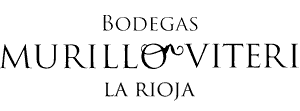
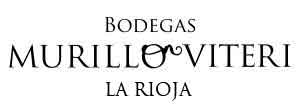


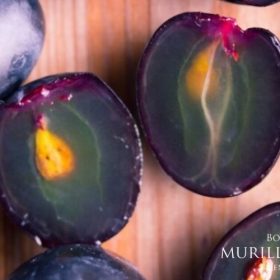
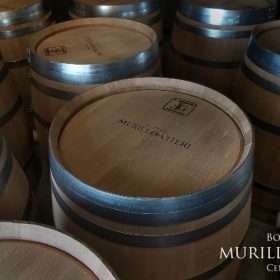
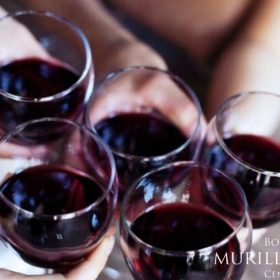

 Deutsch
Deutsch Français
Français Italiano
Italiano Nederlandse
Nederlandse